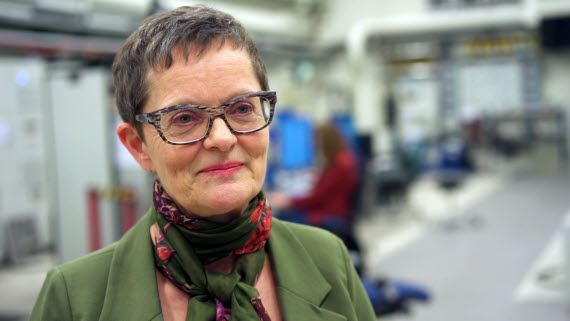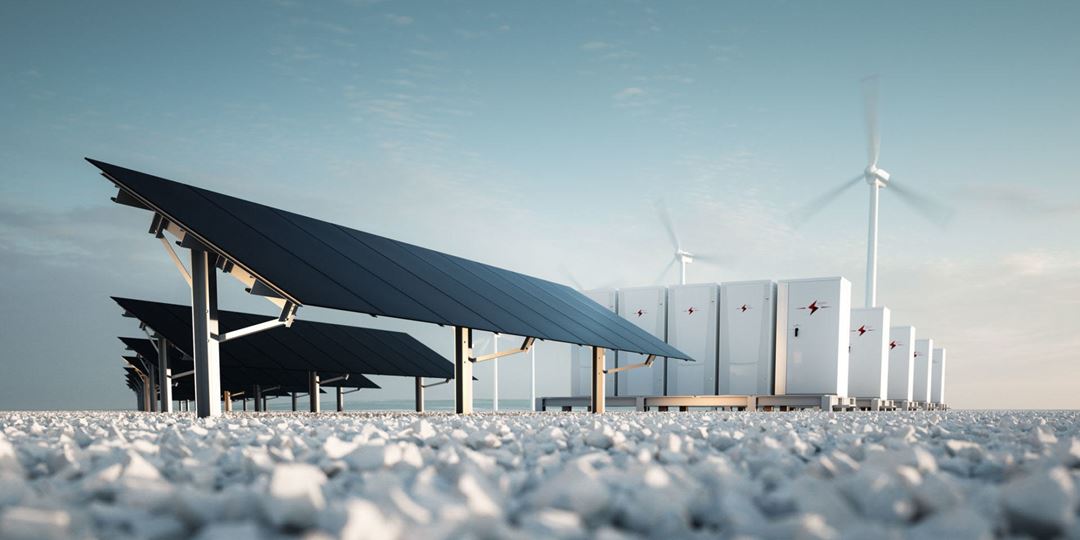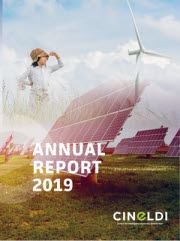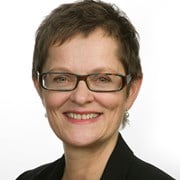Developing the electricity grid of the future
Since the early stages of the Centre, the vision has always been clear. Through collaboration with some of the largest grid companies in Norway, CINELDI has been working towards fitting the grid for use by Smart Grid customers, electric vehicles, solar power facilities and other renewable sources for electric power. We define a Smart Grid as an intelligent grid, that is flexible, robust and cost efficient.
So far, the Centre has fostered excellent research aimed at tailoring the grid for the future, whilst creating a solid arena for networking, collaboration and value creation. Some of the results have already made practical impacts on the industry.
“We hope that CINELDI will help us navigate the unpredictable future of new technologies, renewable distributed generation and new business models. I think the Centre can help us create more value by testing Smart Grid solutions in both laboratories and real-life environments. The research gives us knowledge that can help us in developing and integrating new technologies, work processes, and, hopefully, more innovations,” explains Sigurd Kvistad, Chair of the CINELDI Board.

Sigurd Kvistad, Chair of the CINELDI Board
Kvistad, who works at the grid company Elvia (Formerly Hafslund), believes that the Centre’s research has already been of great value to the industry.
“So far, the Centre's biggest contribution for the industry has been through the “mini scenarios”, which helps compare and contrast different technologies’ influence on the development of power grid companies over the next years and decades.
”It’s clear that the Centre has covered valuable ground in its starting years, proving early on that research and real-life pilot-testing gives practical knowledge that push the entire industry towards a smarter and more efficient future. Looking back at 2019, CINELDI Director Gerd Kjølle shares some of her personal highlights of the year.
“Some of our most important work this year was on driving forces (key internal and external forces affecting the development of the grid, such as knowledge and competence, economy and technology), for which we finished a report. The mapping of driving forces for Smart Grid development provided imperative insight as we continued our work on the mini scenarios. Based on the mini scenarios we have also started working on what we call the main scenarios. They will provide insight for the future research in CINELDI and help grid companies in their strategic planning for the years to come".

Gerd Kjølle, Centre Director CINELDI
Gerd goes on to list an impressive number of examples of the work done in 2019, from identifying vulnerabilities and risks related to cyber security, controllers for testing microgrids in labs, to pilot projects in the real distribution grid, for example testing of battery as voltage support in the grid at Lyse Elnett. “We have around 20 pilot projects up and running, and several PhDs are about to finish their work. It has been a challenging year in many ways, but we have succeeded with many good results.”
For 2020, the Centre's focus is to maintain its current course with the plethora of pilot projects, while also looking at other challenges for the future grid. “In 2020, we will focus on flexibility across all work packages. Flexibility can be a valuable alternative or supplement to traditional grid investments. We want to learn more about how flexible resources - that is, dispatchable loads, distributed generation and electrical storage such as batteries - can be utilised to facilitate the Smart Grid transition. In other words, the common priority for 2020 is flexibility,” Sigurd Kvistad says. Gerd agrees to this sentiment, adding that an increased focus on the current pilot projects and international visibility are also keys for 2020.
“We will emphasise how some of the pilot projects can contribute to the research on flexibility. It’s also important for us to continue being visible internationally. Our ambition is to be an international reference project. CINELDI is in a good position for this, since we are one of the largest research centres on Smart Grids. Our research is applicable to many different topics, we have excellent partners and great resources.
This CINELDI recently published its 2019 annual report, which can be found here. In the Annual Report you'll find more exciting CINELDI stories and results. This interview is part of ther report.



